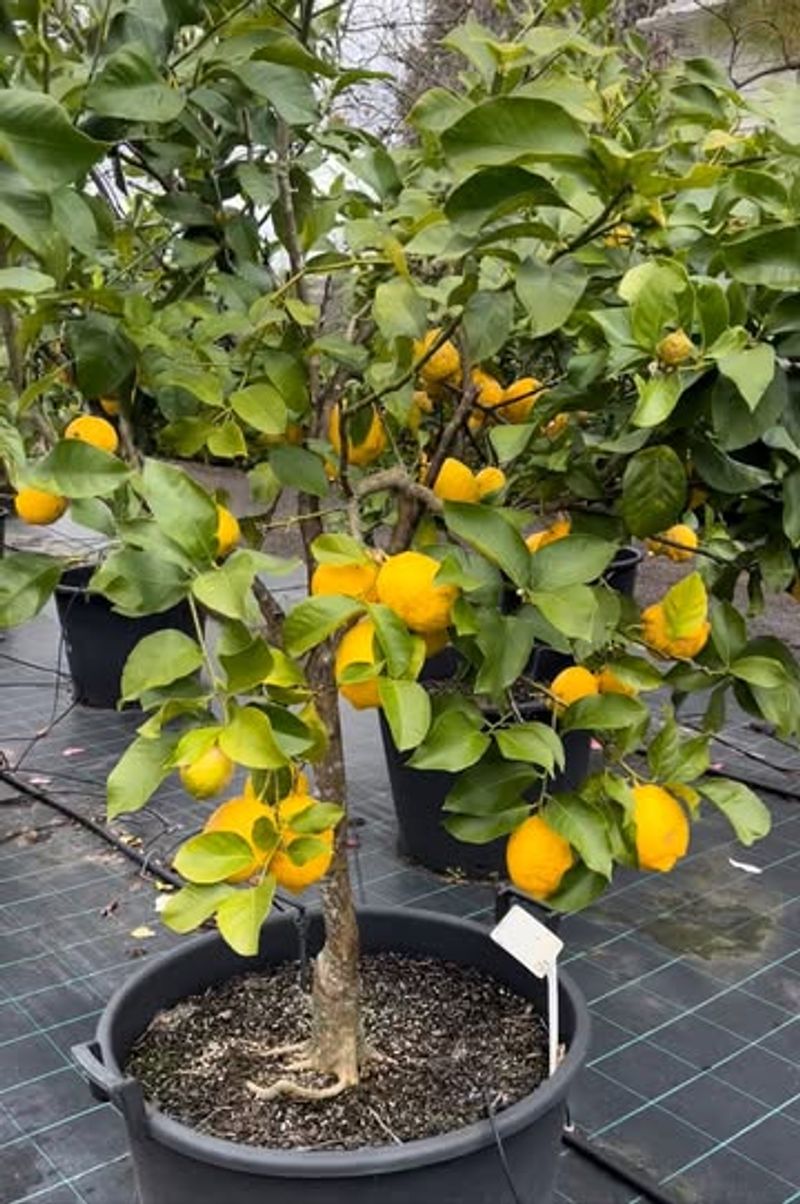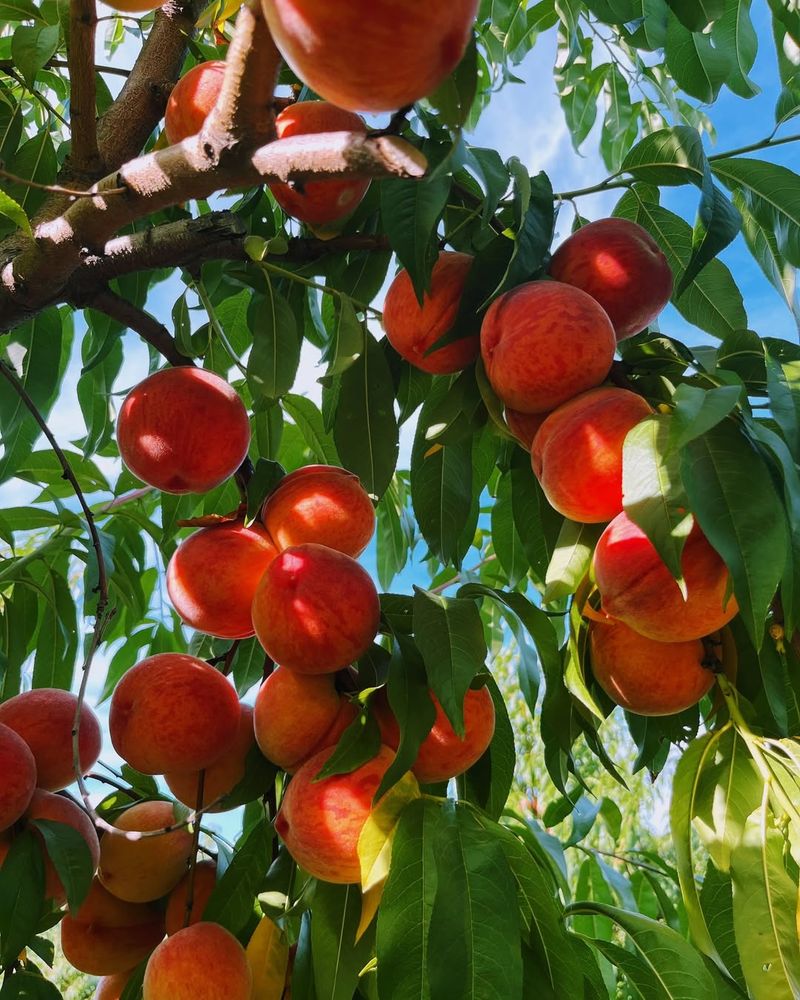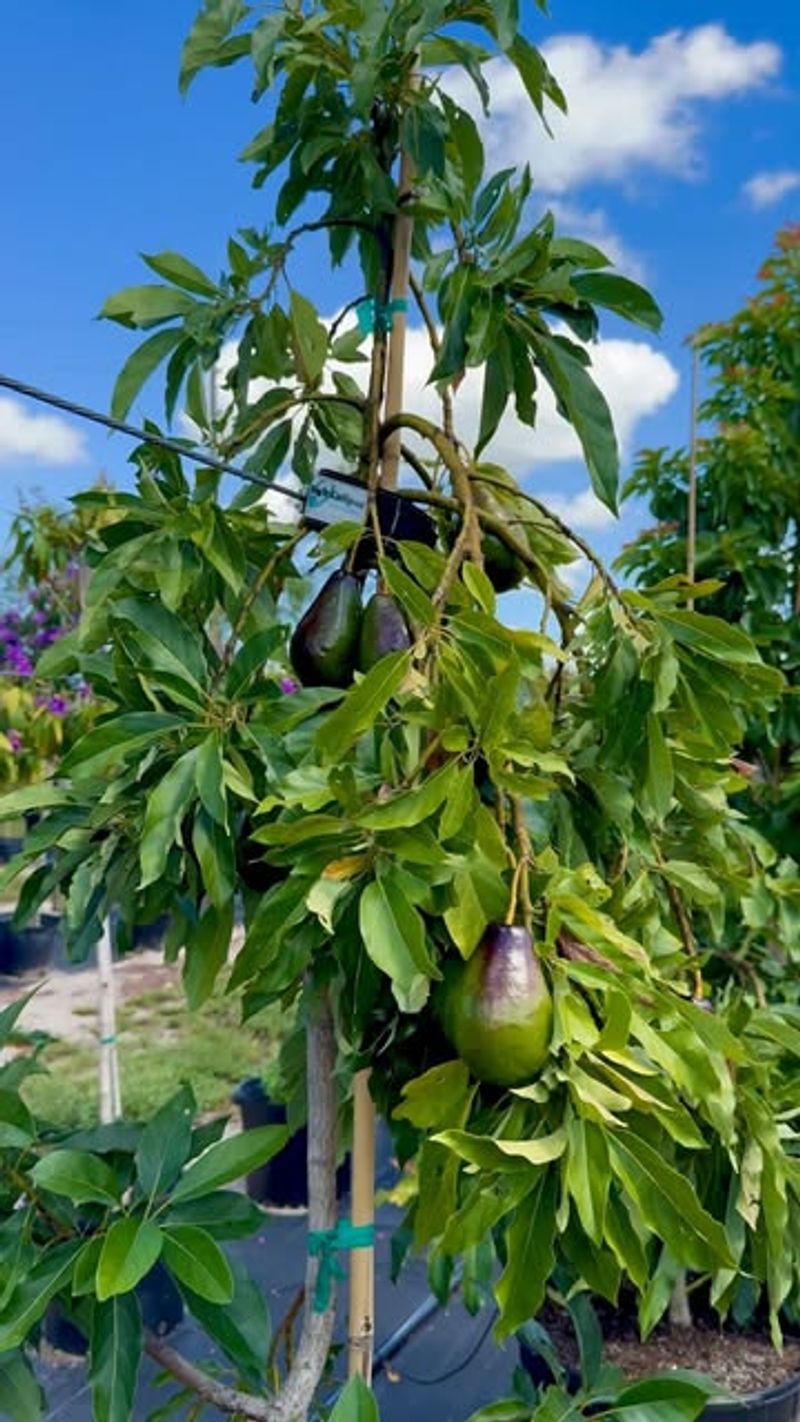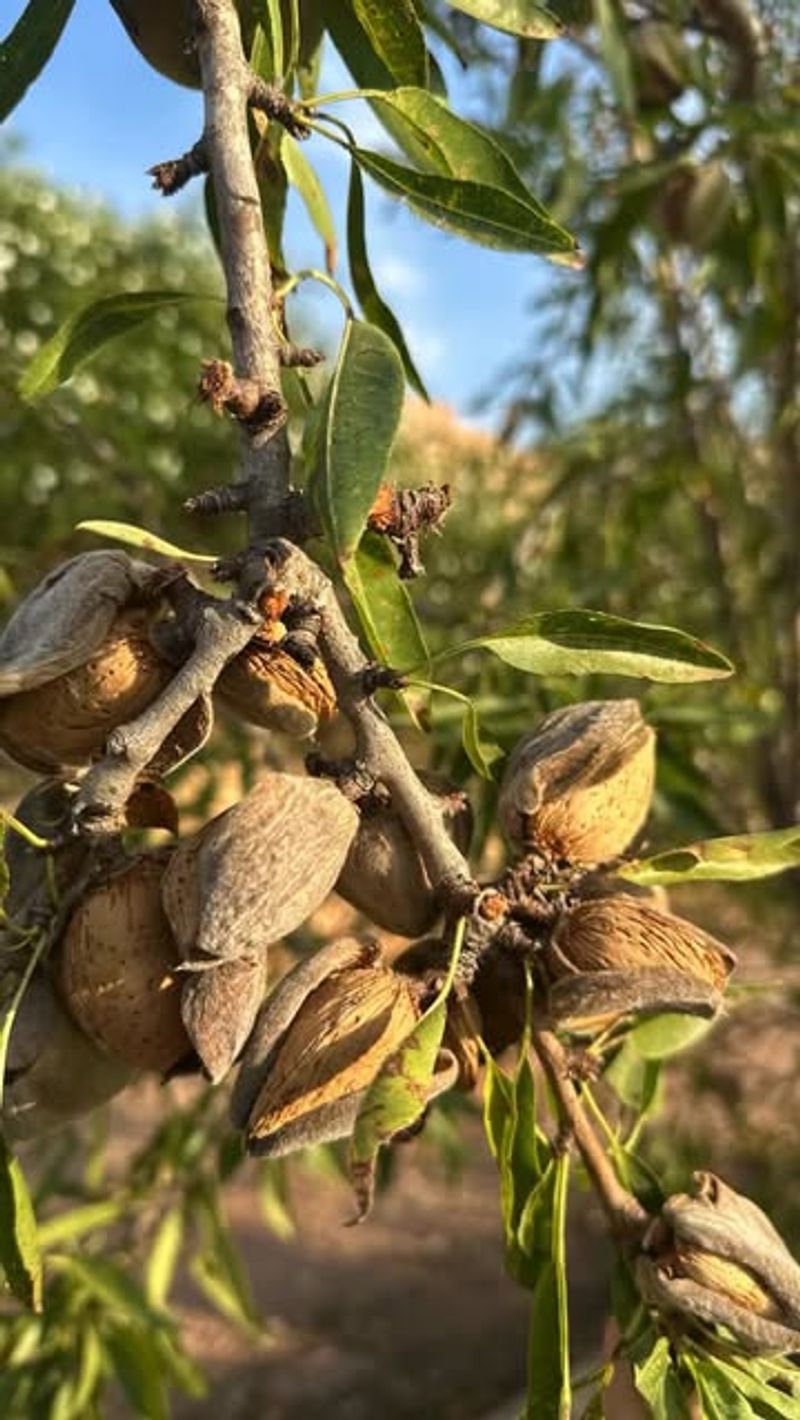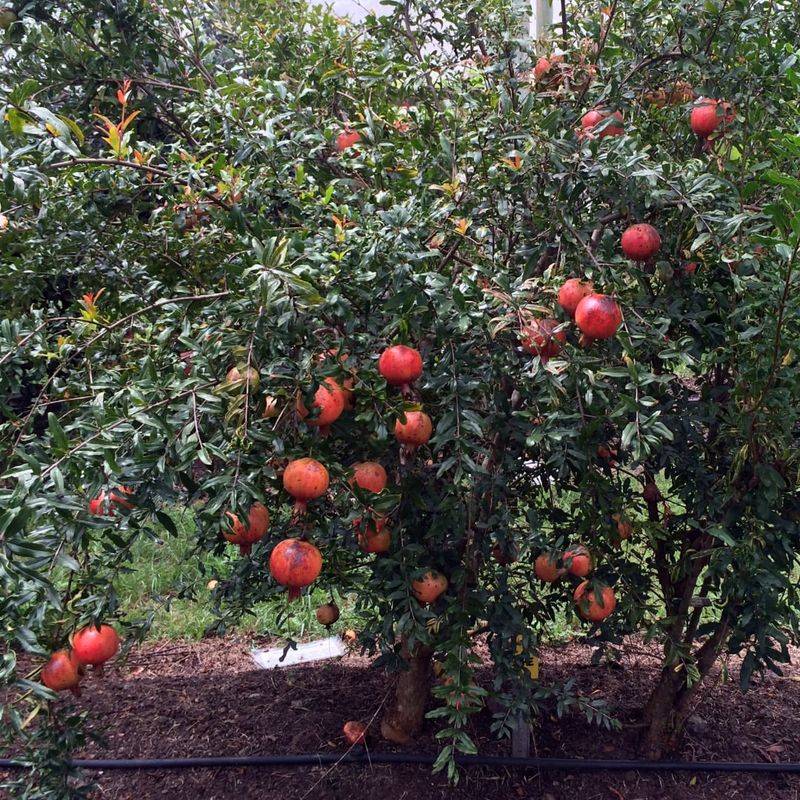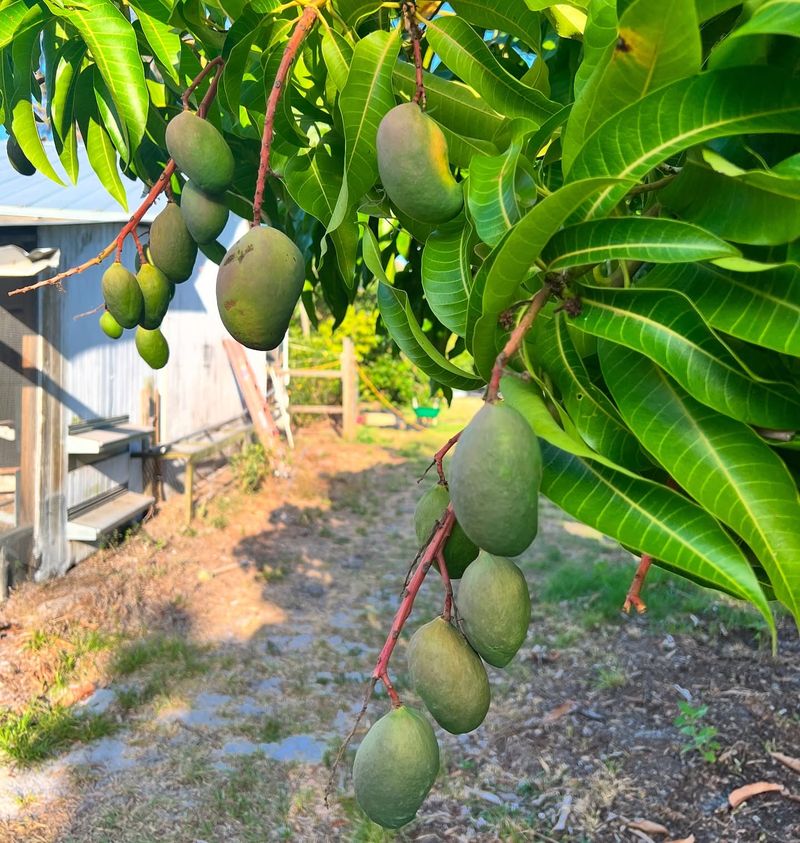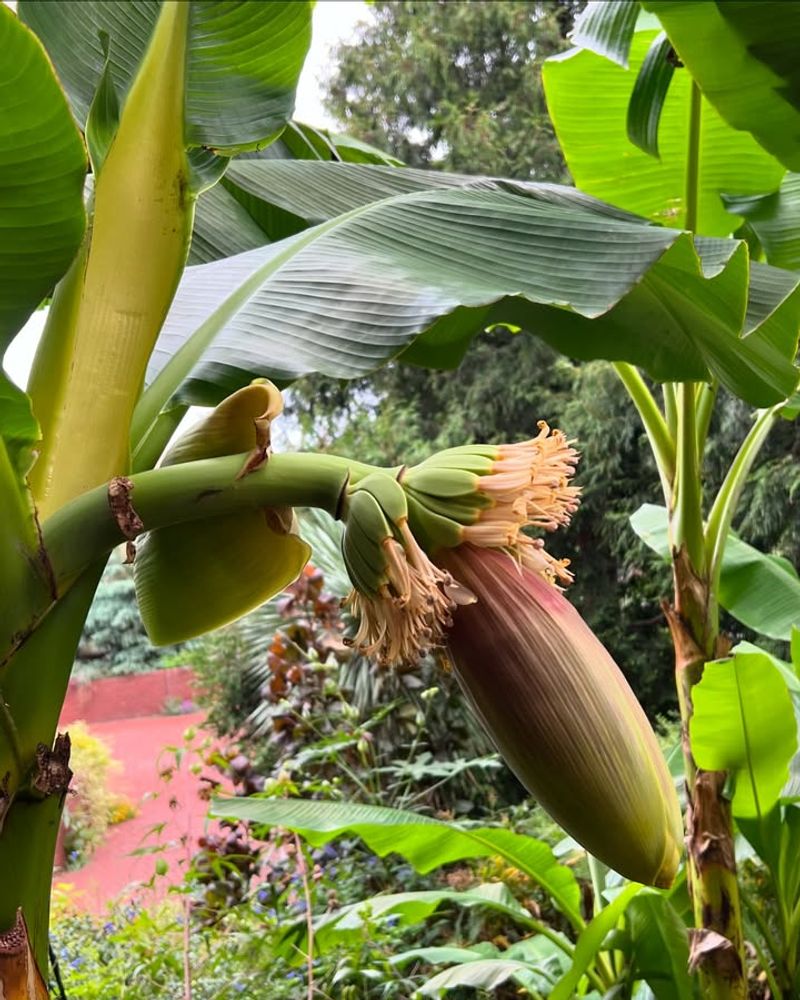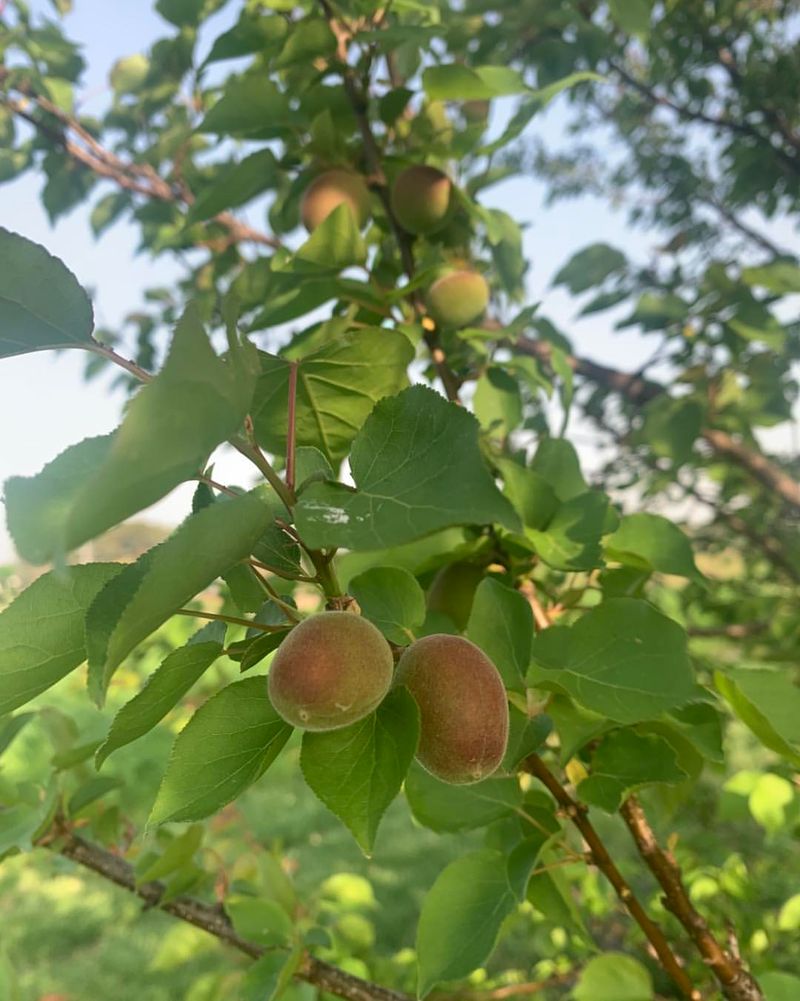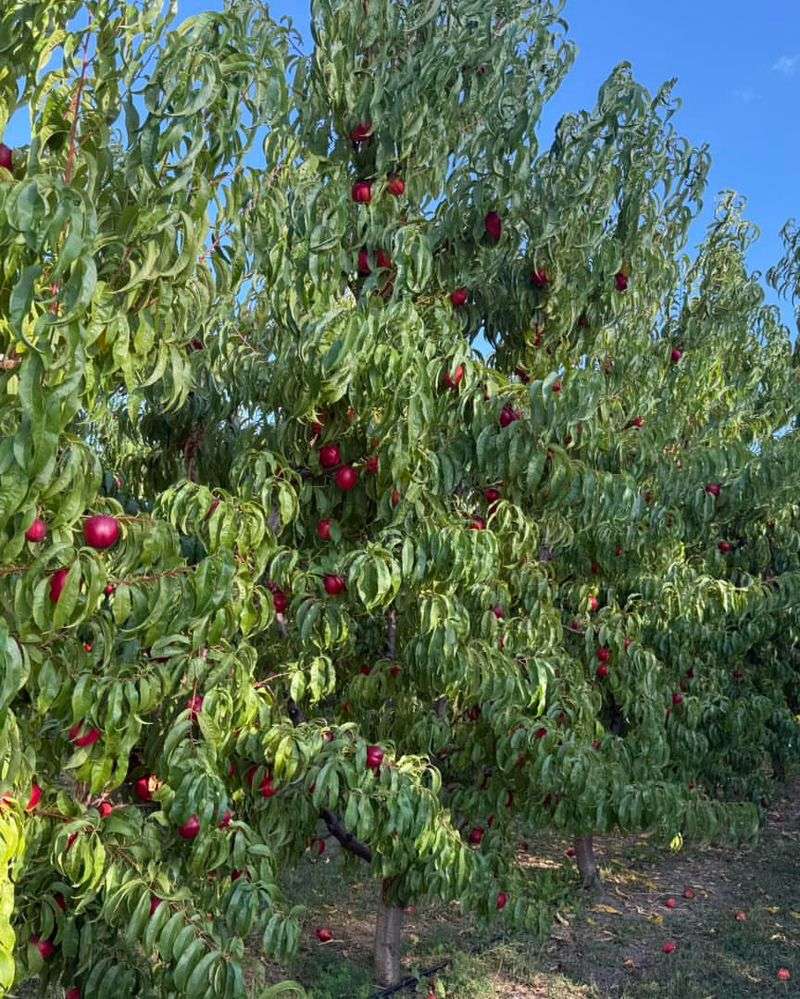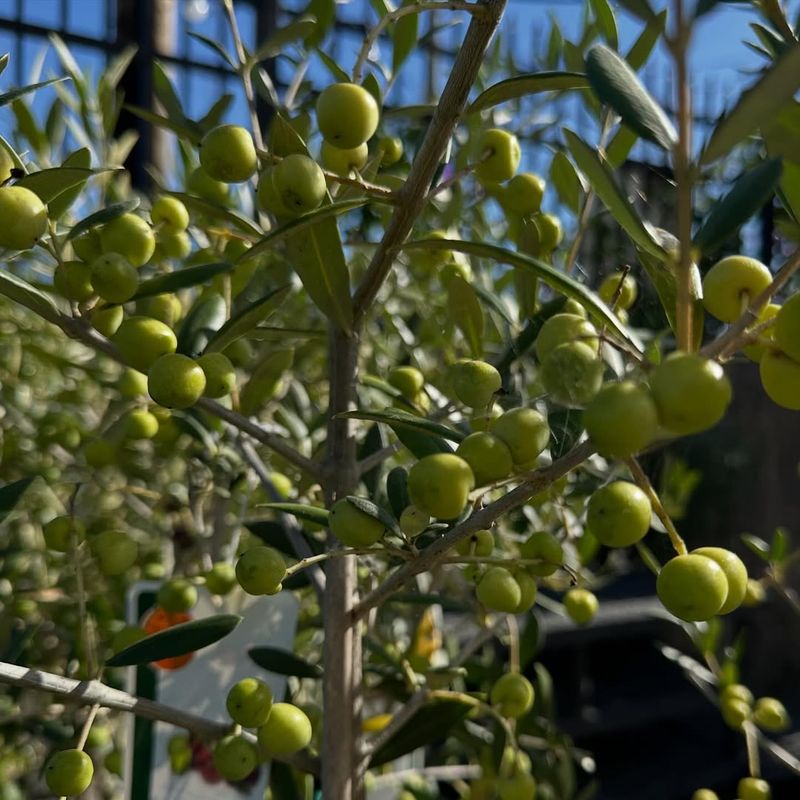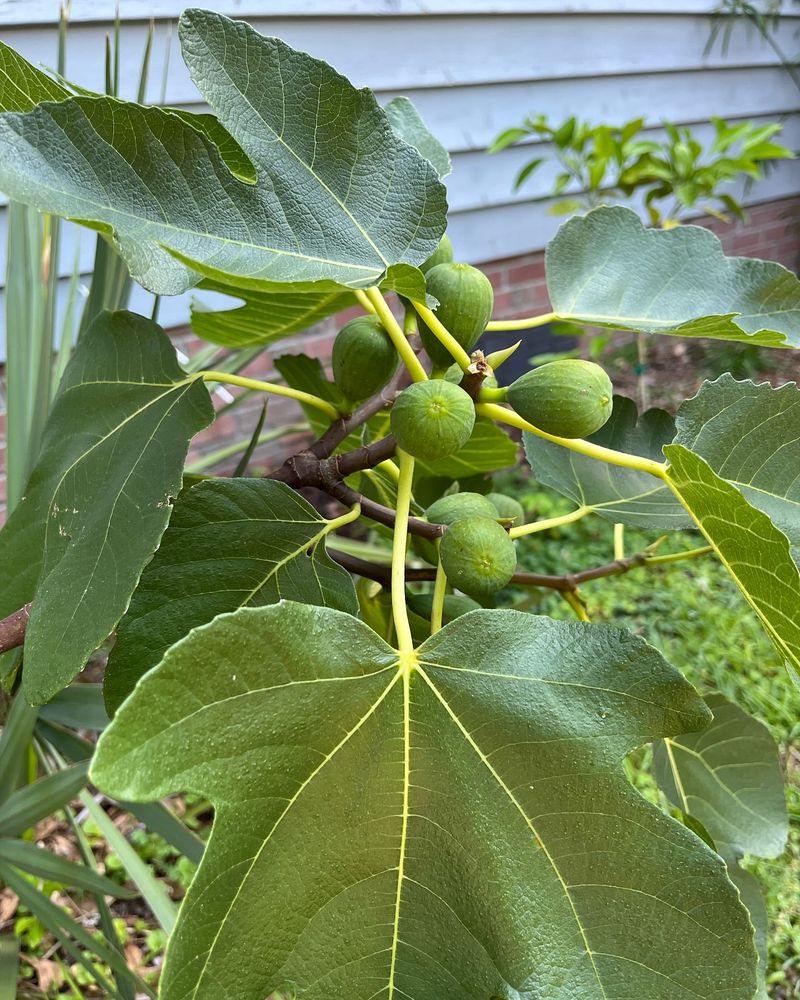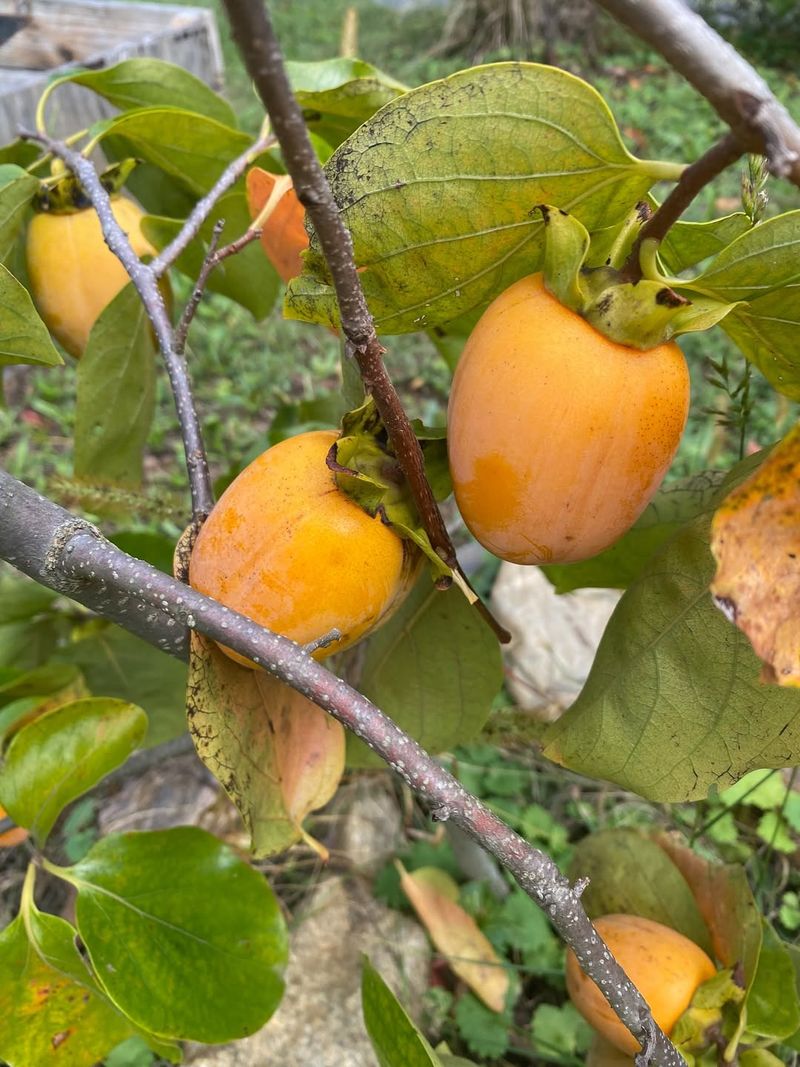Washington’s weather can look perfect for fruit, but some trees make gardeners work harder than expected. I’ve watched a few promising varieties stall out once the rain or chill kicks in.
The tricky part is figuring out which ones just don’t love the local conditions. That’s why certain fruit trees end up testing even the most patient grower.
1. Citrus Trees (Oranges, Lemons, Limes)
Citrus trees crave warmth that Washington simply cannot deliver consistently. Most varieties need temperatures above 50 degrees year-round, which is impossible in our northern climate.
Even in the warmest parts of the state, winter frosts damage tender citrus branches and destroy developing fruit. Gardeners who try growing lemons or oranges outdoors usually watch their trees struggle through each cold season.
Container growing offers a workaround, but moving heavy pots indoors every fall becomes exhausting quickly.
2. Peach Trees
Peach trees bloom too early for Washington’s unpredictable spring weather patterns. When warm days arrive in February or March, peach blossoms open eagerly, only to face damaging late frosts that wipe out the entire crop.
Washington gardeners watch beautiful pink flowers appear, then disappear after one cold night. The trees themselves survive, but producing actual peaches becomes frustratingly rare.
Even late-blooming varieties struggle with our cool, cloudy summers that never quite ripen fruit properly.
3. Avocado Trees
Avocado trees belong in tropical and subtropical regions, making Washington an impossible home for them. Temperatures below 30 degrees seriously harm avocado trees, and our winters regularly drop much colder.
Even mild Washington winters prove too harsh for these heat-loving plants. The trees need consistent warmth to develop their creamy fruit, something our short summers cannot provide.
Greenhouse growing might work, but the space and energy costs make backyard avocados impractical for most folks around here.
4. Almond Trees
Almond trees face the same early-blooming problem as peaches in Washington gardens. California provides the long, hot, dry summers almonds need to mature properly, while our climate stays too cool and damp.
When almond blossoms appear in late winter, frost frequently damages them before pollination happens. The nuts require intense summer heat to develop their hard shells and rich flavor inside.
Washington’s moderate temperatures leave almonds underdeveloped and disappointing compared to store-bought varieties.
5. Pomegranate Trees
Pomegranates need scorching summers to transform their flowers into juicy, jewel-filled fruit. Washington summers rarely get hot enough or last long enough for proper pomegranate development.
The trees survive our winters in protected locations, but the fruit never ripens completely. Gardeners end up with hard, sour pomegranates instead of the sweet, ruby-red seeds they expected.
Mediterranean climates suit pomegranates perfectly, while our Pacific Northwest conditions leave them struggling and unproductive year after year.
6. Mango Trees
Mangoes represent one of the most heat-demanding fruit trees, making Washington completely unsuitable for outdoor cultivation. Even a brief dip below 40 degrees damages mango trees severely, and our winters plunge far colder.
The trees need tropical warmth year-round to produce their sweet, fragrant fruit. Washington gardeners who attempt growing mangoes face immediate failure when autumn arrives.
Not even our warmest microclimates provide enough heat, making mangoes a dream that remains permanently out of reach here.
7. Banana Trees
Banana plants technically grow in Washington, but producing edible fruit becomes nearly impossible. Cold winters damage the soft trunks, forcing the plant to restart growth each spring instead of developing fruit.
Some hardy varieties survive as ornamental plants, but they never get the continuous warmth needed for banana bunches to form. The growing season ends before fruit matures.
Washington gardeners might enjoy tropical-looking foliage, but harvesting actual bananas remains a fantasy in our northern climate.
8. Apricot Trees
Apricot trees bloom incredibly early, making them vulnerable to Washington’s unpredictable spring freezes. One warm week in March tricks the tree into flowering, then a sudden frost destroys every blossom overnight.
Even when some fruit manages to set, our cool summers struggle to ripen apricots properly. The fruit stays hard and tart instead of developing that perfect sweet flavor.
Washington gardeners find apricot growing frustrating because the trees look healthy but rarely produce a worthwhile harvest.
9. Nectarine Trees
Nectarines share the same challenges as their fuzzy cousins, peaches, in Washington gardens. Early blooming exposes delicate flowers to damaging frosts that eliminate any chance of fruit production.
The smooth-skinned fruit needs more heat than our summers typically provide to develop proper sweetness and texture. Cool, cloudy weather leaves nectarines hard and flavorless.
Washington’s climate simply lacks the warmth and consistency nectarines require, making them a risky choice for backyard orchards throughout the state.
10. Olive Trees
Olive trees prefer hot, dry Mediterranean summers that Washington cannot replicate. While some varieties tolerate cold winters, they need intense summer heat to produce and ripen their oil-rich fruit.
Washington’s cool, damp summers leave olives small, bitter, and unsuitable for eating or pressing. The trees may survive as ornamental plants, but productive harvests remain elusive.
Gardeners hoping for homegrown olive oil or table olives face disappointment when their trees refuse to fruit properly in our climate.
11. Fig Trees
Fig trees can survive Washington winters in protected spots, but getting ripe fruit becomes a major challenge. Most varieties need long, hot summers to mature their sweet fruit properly.
Our growing season ends before figs fully ripen, leaving gardeners with hard, green fruit that never develops proper flavor. Cold-hardy varieties exist, but they still struggle with our cool temperatures.
Washington fig enthusiasts often resort to container growing, moving trees to warm spots and hoping for enough heat to ripen a few fruits.
12. Persimmon Trees (Asian Varieties)
Asian persimmons need more heat than Washington typically offers to properly ripen their sweet, honey-flavored fruit. The trees themselves handle cold winters reasonably well, but our short summers create problems.
Fruit often remains astringent and inedible when autumn arrives too quickly. Even non-astringent varieties struggle to develop their characteristic soft, jelly-like texture here.
Washington gardeners who plant persimmons often harvest fruit that never reaches its full potential, remaining hard and unpleasant compared to properly ripened examples.


